#american cultural heritage
Text
"Growing up, Mackenzee Thompson always wanted a deeper connection with her tribe and culture.
The 26-year-old member of the Choctaw Nation said she grew up outside of her tribe’s reservation and wasn’t sure what her place within the Indigenous community would be.
Through a first-of-its-kind program, Thompson said she’s now figured out how she can best serve her people — as a doctor.
Thompson is graduating as part of the inaugural class from Oklahoma State University’s College of Osteopathic Medicine at the Cherokee Nation. It’s the first physician training program on a Native American reservation and in affiliation with a tribal government, according to school and tribal officials.
“I couldn’t even have dreamed this up,” she said. “To be able to serve my people and learn more about my culture is so exciting. I have learned so much already.”
Thompson is one of nine Native graduates, who make up more than 20 percent of the class of 46 students, said Dr. Natasha Bray, the school’s dean. There are an additional 15 Native students graduating from the school’s Tulsa campus.
The OSU-COM graduates include students from 14 different tribes, including Cherokee, Choctaw, Muscogee, Seminole, Chickasaw, Alaska Native, Caddo, and Osage.
Bray said OSU partnered with the Cherokee Nation to open the school in 2020 to help erase the shortage of Indigenous doctors nationwide. There are about 841,000 active physicians practicing in the United States. Of those, nearly 2,500 — or 0.3 percent — are Native American, according to the Association of American Medical Colleges.
When American Indian and Alaska Native people visit Indian Health Service clinics, there aren’t enough doctors or nurses to provide “quality and timely health care,” according to a 2018 report from the Government Accountability Office. On average, a quarter of IHS provider positions — from physicians to nurses and other care positions –are vacant.
“These students here are going to make a generational impact,” Cherokee Nation Principal Chief Chuck Hoskin Jr. told the students days before graduation. “There is such a need in this state and in this region for physicians and this school was created out of a concern about the pipeline of doctors into our health system.”
The Cherokee Nation spent $40 million to build the college in its capital of Tahlequah. The walls of the campus feature artifacts of Cherokee culture as well as paintings to remember important figures from Cherokee history. An oath of commitment on the wall is written in both English and Cherokee.
The physician training program was launched in the first year of the pandemic.
Bray said OSU and Cherokee leadership felt it was important to have the school in the heart of the Cherokee Nation, home to more than 141,000 people, because students would be able to get experience treating Indigenous patients. In Tahlequah, students live and study in a small town about an hour east of Tulsa with a population of less than 24,000 people.
“While many students learn about the problems facing these rural communities,” Bray said. “Our students are getting to see them firsthand and learn from those experiences.”
While students from the college are free to choose where to complete their residency after graduation, an emphasis is placed on serving rural and Indigenous areas of the country.
There’s also a severe lack of physicians in rural America, a shortage that existed before the COVID-19 pandemic. The Association of American Medical Colleges has projected that rural counties could see a shortage between 37,800 and 124,000 physicians by 2034. An additional 180,000 doctors would be needed in rural counties and other underserved populations to make up the difference.
Bray said OSU saw an opportunity to not only help correct the underrepresentation of Native physicians but also fill a workforce need to help serve and improve health care outcomes in rural populations.
“We knew we’d need to identify students who had a desire to serve these communities and also stay in these communities,” she said.
Osteopathic doctors, or DOs, have the same qualifications and training as allopathic doctors, or MDs, but the two types of doctors attend different schools. While MDs learn from traditional programs, DOs take on additional training at osteopathic schools that focus on holistic medicine, like how to reduce patient discomfort by physically manipulating muscles and bones. DOs are more likely to work in primary care and rural areas to help combat the health care shortages in those areas.
As part of the curriculum, the school invited Native elders and healers to help teach students about Indigenous science and practices...
Thompson said she was able to bring those experiences into her appointments. Instead of asking only standard doctor questions, she’s been getting curious and asking about her patient’s diets, and if they are taking any natural remedies.
“It’s our mission to be as culturally competent as we can,” she said. “Learning this is making me not only a better doctor but helping patients trust me more.”
-via PBS NewsHour, May 23, 2024
#indigenous#native american#cherokee#choctaw#cherokee nation#medical school#united states#doctors#medical news#medical student#cultural competence#cultural heritage#public health#health care#medicine#good news#hope#oklahoma
743 notes
·
View notes
Text

#black history month#black excellence#african american history#black heritage#celebrating black history#black culture#black leaders#civil rights#black achievements#black pride#historical legends#black lives matter#black empowerment#black history 365#trailblazers#black history facts#our history#black history celebration#empowering black voices.#021224
437 notes
·
View notes
Photo


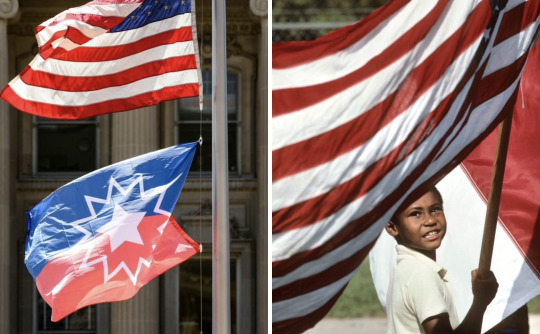


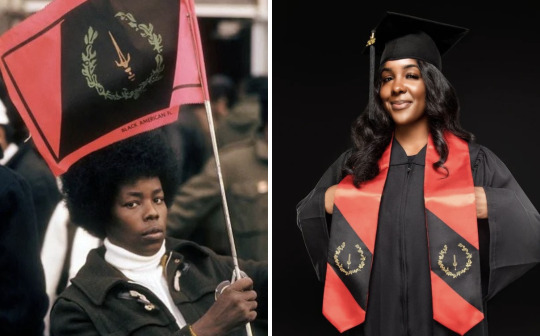
Juneteenth is a Black American holiday.
We call Juneteenth many things: Black Independence Day, Freedom Day, Emancipation Day, Jubilee Day. We celebrate and honor our ancestors.
December 31 is recognized as Watch Night or Freedom’s Eve in Black American churches because it marks the day our enslaved ancestors were awaiting news of their freedom going into 1863. On January 1, 1863, President Lincoln issued the Emancipation Proclamation. But all of the ancestors wouldn’t be freed until June 19, 1865 for those in Galveston, Texas and even January 23, 1866 for those in New Jersey (the last slave state). (It’s also worth noting that our people under the Choctaw and Chickasaw Nations wouldn’t be freed until April 28, 1866 and June 14, 1866 for those under the Cherokee Nation by way of the Treaties.)
Since 1866, Black Americans in Texas have been commemorating the emancipation of our people by way of reading the Emancipation Proclamation and coming together to have parades, free festivities, and later on pageants. Thereafter, it spread to select states as an annual day of commemoration of our people in our homeland.
Here’s a short silent video filmed during the 1925 Juneteenth celebration in Beaumont, Texas:
youtube
(It’s also worth noting that the Mascogos tribe in Coahuila, Mexico celebrate Juneteenth over there as well. Quick history lesson: A total of 305,326 Africans were shipped to the US to be enslaved alongside of American Indians who were already or would become enslaved as prisoners of war, as well as those who stayed behind refusing to leave and walk the Trail of Tears to Oklahoma. In the United States, you were either enslaved under the English territories, the Dutch, the French, the Spanish, or under the Nations of what would called the Five “Civilized” Native American Tribes: Cherokee, Creek (Muscogee), Chickasaw, Choctaw, and Seminoles. Mascogos descend from the Seminoles who escaped slavery during the Seminole Wars, or the Gullah Wars that lasted for more than 100 years if you will, and then settled at El Nacimiento in 1852.)
We largely wave our red, white and blue flags on Juneteenth. These are the only colors that represent Juneteenth. But sometimes you may see others wave our Black American Heritage flag (red, black, and gold).
Juneteenth is a day of respect. It has nothing to do with Africa, diversity, inclusion, immigration, your Pan-African flag, your cashapps, nor your commerce businesses. It is not a day of “what about” isms. It is not a day to tap into your inner colonizer and attempt to wipe out our existence. That is ethnocide and anti-Black American. If you can’t attend a Black American (centered) event that’s filled with education on the day, our music, our food and other centered activities because it’s not centered around yours…that is a you problem. Respect our day for what and whom it stands for in our homeland.
Juneteenth flag creator: “Boston Ben” Haith
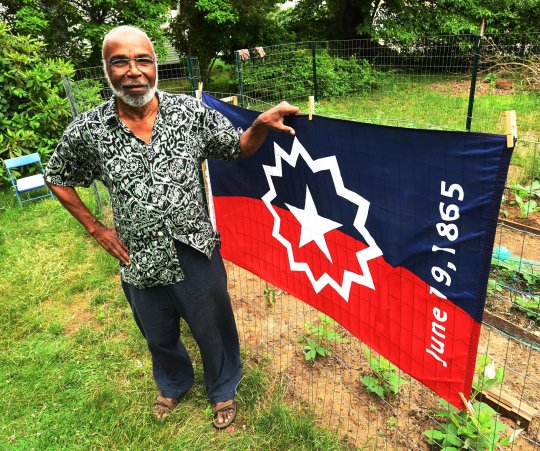
It was created in 1997. The red, white and blue colors represent the American flag. The five-point star represents the Lone State (Texas). The white burst around the star represents a nova, the beginning of a new star. The new beginning for Black Americans.
Black American Heritage Flag creators: Melvin Charles & Gleason T. Jackson

It was created in 1967, our Civil Rights era. The color black represents the ethnic pride for who we are. Red represents the blood shed for freedom, equality, justice and human dignity. Gold fig wreath represents intellect, prosperity, and peace. The sword represents the strength and authority exhibited by a Black culture that made many contributions to the world in mathematics, art, medicine, and physical science, heralding the contributions that Black Americans would make in these and other fields.

SN: While we’re talking about flags, I should note that Grace Wisher, a 13-year-old free Black girl from Baltimore helped stitched the Star Spangled flag, which would inspire the national anthem during her six years of service to Mary Pickersgill. I ain’t even gon hold you. I never looked too far into it, but she prob sewed that whole American flag her damn self. They love lying about history here until you start unearthing them old documents.
In conclusion, Juneteenth is a Black American holiday. Respect us and our ancestors.
#juneteenth#juneteenth flag#black american history#black american culture#ben haith#black american heritage flag#melvin charles#gleason t jackson#grace wisher#american flag#mascogos#juneteenth 2023
1K notes
·
View notes
Text
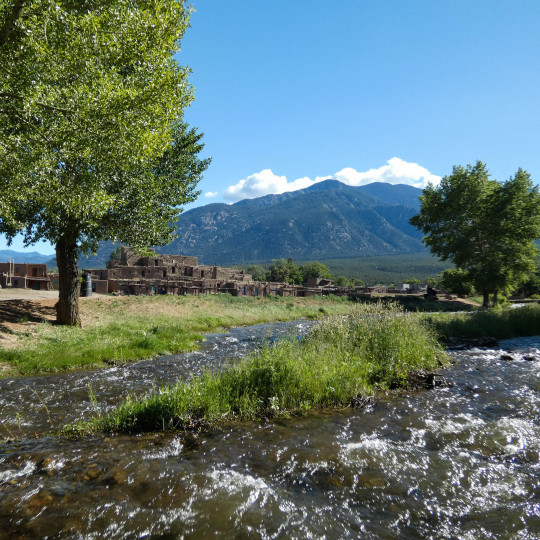
Spring runoff in Taos Pueblo 😍
#Taos Pueblo#New Mexico#NativeAmerican#history#heritage#culture#Taos#NewMexico#travel#roadtrip#daytrip#Native American
81 notes
·
View notes
Text
Soulaan Culture: Bayasoube / Black Southern Belles
#black studyblr#black academia#black culture#southern gothic#southern belle#african american women#black people#black women in femininity#black femininity#soulaan#black women#black southern gothic#black southern belle#black heritage#black cottagecore#cottagecore#aesthetic#black fashion#fashion#black coquette#coquette#soft black girls#soft black girl#black beauty#african american#black women in nature#black women in leisure#soulaani women#poc cottagecore#juneteenth
435 notes
·
View notes
Text
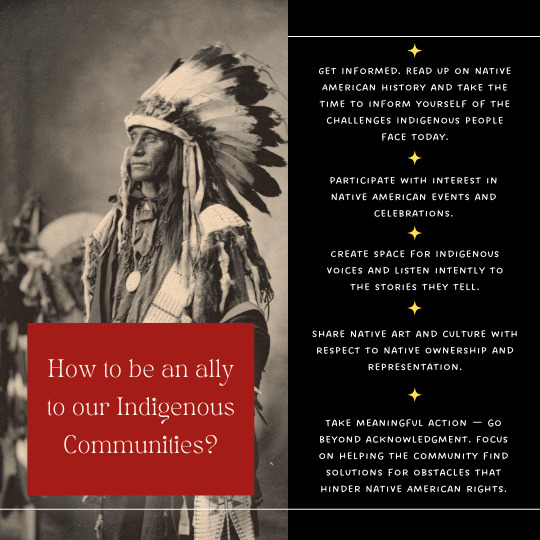
Today marks the first day of Native American Heritage Month! As we celebrate the rich and diverse culture, traditions, and contributions of Native Americans, discover 5 ways how you can support Indigenous communities 👆.
#native american heritage month#indigenous#indigenous rights#indigenous peoples#indigenous people#indigenous culture#native#natives#native american#native americans#ndn#american indian#land back#landback
139 notes
·
View notes
Text
I’m so tired of just being “African American”


When I really think about it, I’m so tired of it. When people think about African Americans— even when African Americans think about ourselves, what’s the first thing that comes to mind? Slavery. Discrimination. Pain. Endurance. Why do WE have the be the face of pain? Our people’s culture is NOT pain. Our culture is NOT slavery. Our culture is NOT just rebellion. Our culture is NOT facing racism. We are so much more than that. When you learn about African Americans it’s never about our music, our inventions, our food, our style, our way of life. It’s always about being at the end of the stick. We were never taught the BEAUTY of African Americans. Only the worse. I know because of what we experienced, IS a big part of our culture, but come on. Social injustice isn’t the only thing we consist of. Like I said, I know it’s important to be taught. Im just tired of always the “inferiority” being taught about us and not anything else’s beyond that.
I also feel like that’s part of a reason why people are so comfortable with just constantly taking from us. Taking from our culture. Because point one, they’re ignorant. And point two all there really is to “African Americans” if slavery and discrimination.
Who are we? Who are African Americans outside of just being the face of social injustice. The short end of the stick. I know some people may make a face while reading this, but it’s just how I feel. I am proud of my people and proud of what we fought for. How we did it. And how far we have come. It’s understanding of, if you’re African American, who are you to yourself? Who are your people to you? And if you’re not African American it’s an understanding of who are we to you? And on neither side, should it just be the face of injustice.
- I dare to mention that I’m a little bit afraid how people may feel about this. But I only hope to find people who agree, and perhaps even put a thought or two in the heads of the ones that don’t.


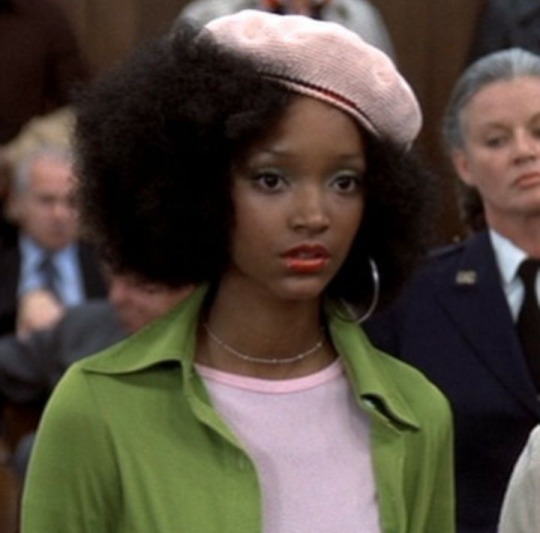
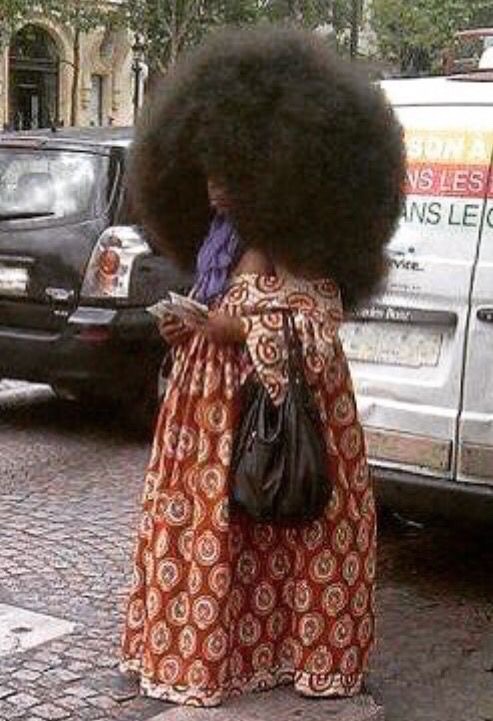



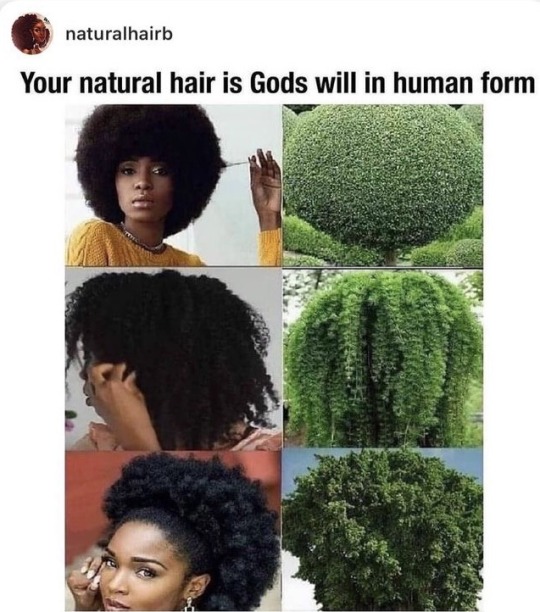
#blacklivesmatter#black history#black history month#x black reader#black heritage#blm#african american#soulaan#soul music#soul#soul food#black people#black woman#kinky hair#culture#life#black community#black beauty#soft black girls#soft black women#black femininity#black masculinity#juneteenth#afro#natrual#curly hair#coily hair#black culture#black man#black is beautiful
74 notes
·
View notes
Text
Black soldiers-- Vietnam war.. Thank you for your service 🪖🪖🪖
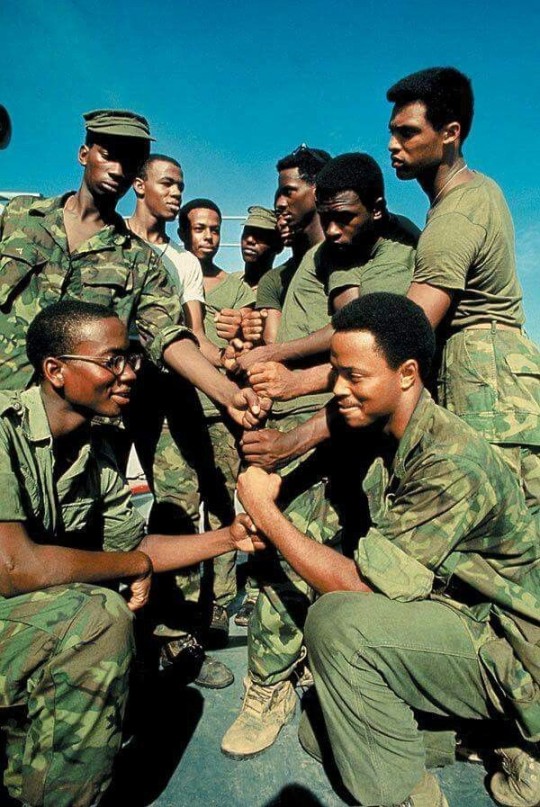
#black tumblr#black literature#black excellence#black community#black history#civil rights#black history is american history#civil rights movement#blackexcellence365#vietnam war#black soldiers#african american men#black and white#black heritage#black archives#black culture
688 notes
·
View notes
Text

#deer lady#reservation dogs#rez dogs#indigenous culture#first nations#native american heritage month#indigenous lives matter#kaniehtiio horn
79 notes
·
View notes
Text
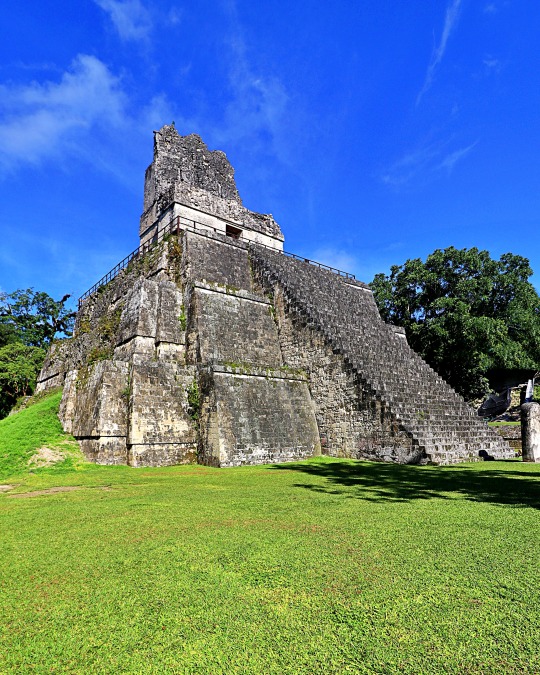





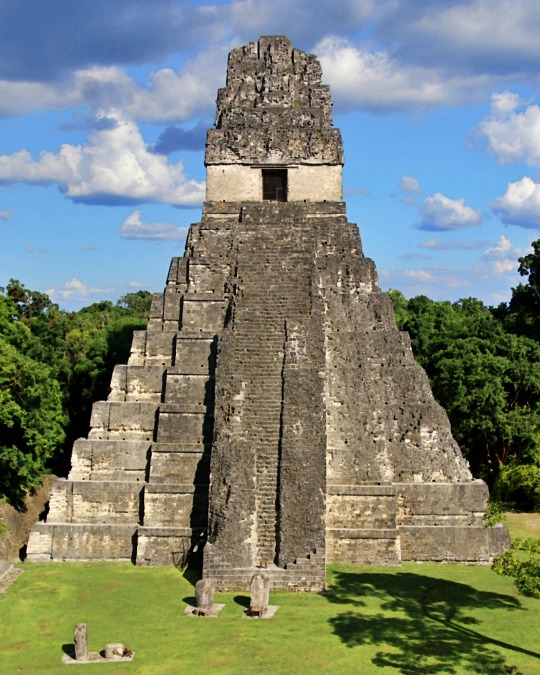
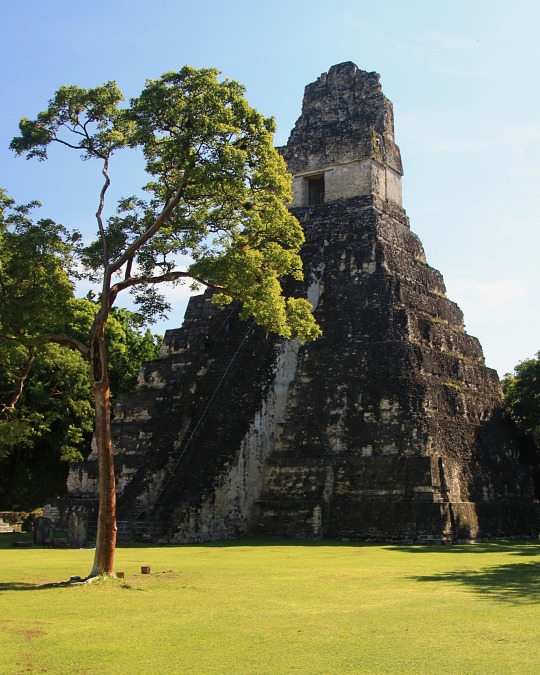


Tikal Mayan Ruins ( Guatemala )
#photooftheday#travelphotography#adventure#aroundtheworld#explore#pickoftheday#trip#nature#centralamerica#mayan#world heritage#guatemala#mayan culture#mayan mythology#native american#mayanruins#tikal#unesco#tikalnationalpark#travel#unesco world heritage#guatemalatravel#visitguatemala
50 notes
·
View notes
Text
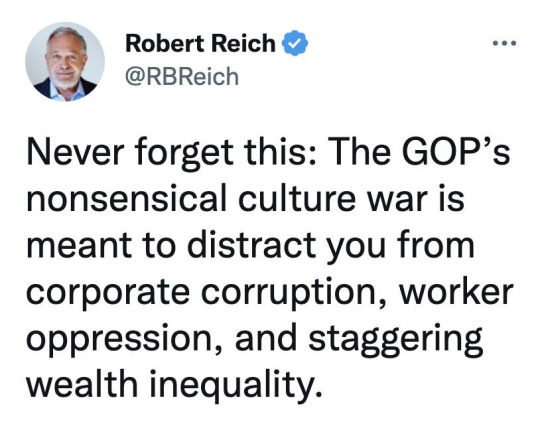
#internet culture#gay culture#queer culture#culture#museums#history#anthropology#heritage#society#american politics#culture war#conservatives#usa politics#censorship#class war#anti capitalism#class struggle#class warfare#capitalism#classism#working class#class
254 notes
·
View notes
Text
(random) ngl before i started learning korean i felt like the worst failure of a korean but now i feel like the best failure of a korean (/j) HAHA
like im struggling to speak but least im speaking..!! I feel like I've restored an essential piece of myself that was missing...
#i tweeted this but im prob gonna delete it soon so#puts it here too in case ppl can relate...? lol#since i know its a common immigrant kid experience...#being disconnected from your heritage language i mean#for various reasons...#i thought i was ok w it but its rly a horrible feeling#like i said it felt like smth was missing#and i kinda jokingly self deprecatingly worded it as the best failure of a korean#but thats kind of... accurate fmfbnf like i feel embarrassed that im not fluent and feel like im a baby flailing my arms#but i still feel like even if im imperfect im more... complete#that isnt to say i was incomplete before... or anyone in the same situation is. but its still an exuberant feeling#and helps me get over feeling embarrassed that i suck at kr so bad. like AT LEAST I CAN COMMUNICATE NOW!!!#talk tag#laughing to myself rmbring that me and prob 1000s of other asian americans prob wrote an essay abt being detached from our culture for#our college/scholarship/etc essays#well i didnt know i was lgbt then i had to write abt smth!! and it was eating me up all the time...#i rly hope i can improve my kr more in the coming yrs
34 notes
·
View notes
Text

x
#right wing plans#project 2025#conservative agenda#heritage foundation#authoritarianism#presidential power#executive branch#schedule f#civil service purge#loyalists#political appointees#right wing strategy#trumpism#reactionary politics#small government rhetoric#heritage foundation history#radicalization of the right#kevin roberts#reactionary vision#right wing culture war#institutionalizing trumpism#trump presidency#political polarization#american government transformation
234 notes
·
View notes
Text
Living in the states as a Filipina-American kinda sucks because there's so much admiration for Japanese and Korean culture here that I feel more connected to those Asian cultures than my own
Where's my Tagalog-pop??? Where's the Tagalog punk rock at??? Why can I never find those songs with English translations?
The only connection I have to my Filipino heritage is the food and those random awkward phone calls from my grandma and cousins.
So yeah, for the new year I wanna learn Tagalog and listen to Tagalog music and learn more about Filipino culture
pls recommend Tagalog songs and/or youtube channels and/or language learning tips pls I really appreciate it
#filipina#filipino#asian american#asian#tagalog#language learning#philippines#heritage#culture#new years resolution#new year
35 notes
·
View notes
Text
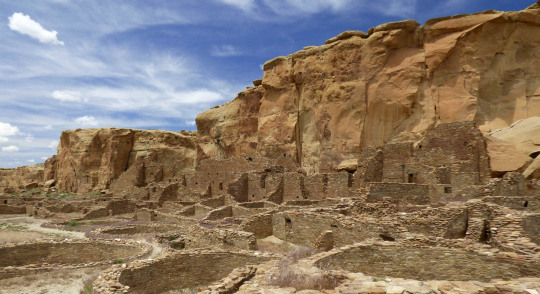

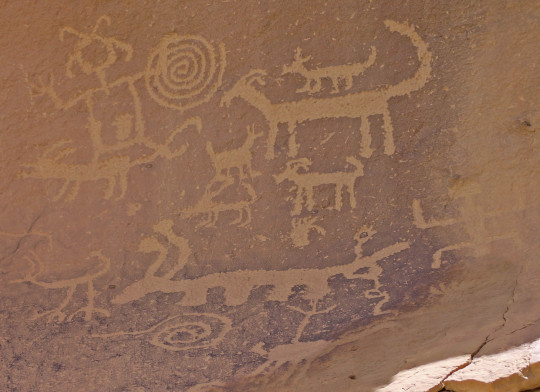


Chaco Canyon is one of the most inaccessible National Parks in the country. Although it is well-known, there is no easy way to get there and there are no amenities once you arrive. The closest town is 60 miles away. There’s a gas station on the main road, near where you turn off on Highway 550. That’s the last opportunity for gas, water, snacks, sunscreen and supplies.
Furthermore, there is no good road to Chaco Canyon. Bluntly, it feels like an Indiana Jones expedition the moment you turn off the main road. The jolting journey evolves from a deceivingly decent dirt road to not so good to face rattling off your skull for a couple of miles. Also, there's a large wash on the way, which can become impassable during heavy storms. Don’t be daring, because there’s no cell phone reception either.
#Native American#New Mexico#roadtrip#NativeAmerican#history#heritage#tradition#culture#daytrip#virtualtravel#instatravel#travelgram#NewMexico#historygeek#offthebeatentrack#leavenotrace#joltyourjourney#earthshotz#AncestralPuebloan#ChacoCanyon#indigenous#archaeology#anthropology#instagramersnm#igersnm
74 notes
·
View notes
Text
alex doing that tiktok screw challenge filter thing coming in with the absolute gems:
Logan’s “mATE”
Alex’s “BRO”
“boOm” x2
#no i don’t know if there’s a better name for that#i just know that max got obsessed#but one of the comments was such gold#Alex who has British heritage: bro!#Logan clearly an American: mate!#cultural exchange fr#logan sargeant#alex albon#williams racing
34 notes
·
View notes